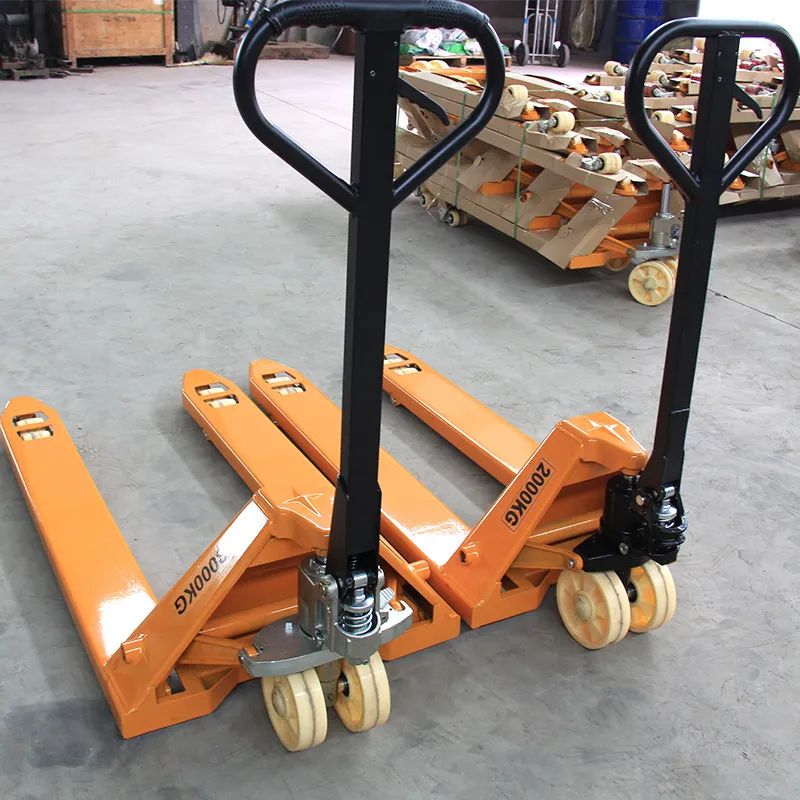Compact Gantry Crane for Efficient Material Handling Solutions
Short Gantry Crane An Overview
In today's industrial landscape, efficiency and versatility are paramount for businesses involved in manufacturing, construction, and logistics. One key piece of equipment that enhances these qualities is the short gantry crane. This robust and adaptable lifting system is designed to handle a variety of materials and is particularly useful in environments where space is limited.
What is a Short Gantry Crane?
A short gantry crane is a type of overhead lifting device that features a horizontal beam supported by two or more legs, which can move along tracks or wheels. Unlike traditional gantry cranes, the short design allows for enhanced maneuverability, making it ideal for smaller job sites or warehouses. Typically used for moving heavy loads in confined spaces, short gantry cranes are engineered for stability and strength, ensuring safety during operations.
Applications
Short gantry cranes are employed across various sectors, including manufacturing, automotive, construction, and warehousing. In manufacturing, they facilitate the movement of heavy components along assembly lines, resulting in streamlined operations and increased productivity. In automotive, these cranes handle the lifting of engines, chassis, and other parts, improving the efficiency of repair and assembly processes.
Moreover, construction sites benefit from short gantry cranes, as they provide a compact solution for material handling. These cranes can transport building materials, tools, and equipment with ease, minimizing labor costs and physical strain on workers. In warehouses, short gantry cranes are invaluable for moving goods from one location to another, particularly when dealing with heavy pallets or machinery that require careful handling.
Advantages
short gantry crane

One of the primary advantages of a short gantry crane is its space efficiency. Businesses operating in limited spaces can maximize their storage and operational areas by utilizing these cranes. They are also relatively easy to set up and dismantle, making them a flexible solution for temporary job sites.
Another significant benefit is the load capacity. Short gantry cranes are designed to lift substantial weights safely, which is crucial in maintaining operational efficiency. Many models feature adjustable heights and spans, allowing operators to customize the crane to fit specific needs.
Safety is also a paramount consideration in the design of short gantry cranes. Equipped with advanced safety features such as overload protection and emergency stop controls, they help mitigate risks associated with heavy lifting. Training for operators is crucial, ensuring that staff understand the proper use and safety protocols related to these cranes.
Maintenance and Considerations
To ensure optimal performance and safety, regular maintenance of short gantry cranes is essential. This includes routine inspections to check for wear and tear, lubrication of moving parts, and testing of safety features. Establishing a maintenance schedule can extend the lifespan of the crane and reduce the likelihood of accidents.
When selecting a short gantry crane, businesses should consider several factors, including the maximum load capacity, the height and span of the crane, and the specific environment in which it will be used. For instance, cranes used in environments with high humidity or exposure to chemicals may require special coatings or designs to alleviate rust and deterioration.
Conclusion
In conclusion, short gantry cranes play a vital role in enhancing efficiency and safety across various industries. Their space-saving design, robust lifting capabilities, and adaptability make them an essential tool for businesses looking to improve their operational workflows. As industries continue to evolve, the demand for effective material handling solutions like the short gantry crane will only increase. Investing in this technology not only brings immediate benefits in productivity but also positions companies favorably in a competitive market. As such, the short gantry crane stands out as a critical component of modern industrial equipment.
-
Unlock Seamless Relocation with Our Heavy Equipment Moving ExpertiseNewsJun.06,2025
-
Unleash Unrivaled Flexibility with Our Adjustable Gantry CraneNewsJun.06,2025
-
Unleash Heavy-Duty Efficiency with Our Industrial Gantry Crane SolutionsNewsJun.06,2025
-
Revolutionize Steel Handling with Our Magnetic Lifter RangeNewsJun.06,2025
-
Master Equipment Mobility with Premium Machinery Mover SolutionsNewsJun.06,2025
-
Elevate Your Material Handling with Magnetic Lifter TechnologyNewsJun.06,2025
-
YS Permanent Lifting Magnets: The Smarter Way to Handle SteelNewsMay.22,2025
